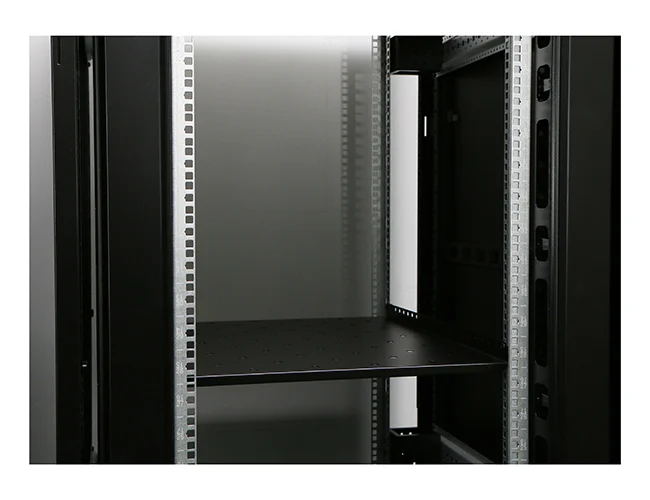News
Site Editor
 Site
https://leonetworkgroup.usa18.wondercdn.com/uploads/image/5fe152faa587d.png
Thunderbolt cable is a high-speed data transfer cable that is used in modern computers. It is essential for connecting peripherals like displays, storage devices, and other accessories to a computer. As with any cable, there may come a time when you need to test a thunderbolt cable to ensure it is working correctly. In this article, we will outline how to test a thunderbolt cable.Before diving int
Site
https://leonetworkgroup.usa18.wondercdn.com/uploads/image/5fe152faa587d.png
Thunderbolt cable is a high-speed data transfer cable that is used in modern computers. It is essential for connecting peripherals like displays, storage devices, and other accessories to a computer. As with any cable, there may come a time when you need to test a thunderbolt cable to ensure it is working correctly. In this article, we will outline how to test a thunderbolt cable.Before diving int
How To Test A Thunderbolt Cable
Views: 1673
Author: Site Editor
Publish Time: 2023-07-12
Origin: Site
Thunderbolt cable is a high-speed data transfer cable that is used in modern computers. It is essential for connecting peripherals like displays, storage devices, and other accessories to a computer. As with any cable, there may come a time when you need to test a thunderbolt cable to ensure it is working correctly. In this article, we will outline how to test a thunderbolt cable.
Before diving into the testing process, it is essential to understand the types of thunderbolt cables. There are two generations of thunderbolt cables: Thunderbolt 1/2 and Thunderbolt 3. Thunderbolt 1/2 cables look identical to mini DisplayPort cables and have a maximum data transfer rate of 20 Gbps. Thunderbolt 3 cables have a maximum data transfer rate of 40 Gbps and use USB-C connectors.
Testing a Thunderbolt 1/2 Cable:
Step 1: Check the connectors - Inspect the connector pins to see if they are damaged or bent. A damaged connector can cause issues with the data transfer rate.
Step 2: Check the cable for physical damage - Look for any cuts, frayed or exposed wires. Any physical damage can affect the cable's performance.
Step 3: Connect the cable - Connect one end of the cable to your computer and the other end to a device that supports Thunderbolt (e.g., display or storage device).
Step 4: Check the data transfer rate - You can check the data transfer rate of your thunderbolt cable by transferring a large file from your computer to your device. If the transfer rate is slow or erratic, the cable may be damaged.
Testing a Thunderbolt 3 Cable:
Step 1: Check the connectors - Inspect the connector pins to see if they are damaged or bent. A damaged connector can cause issues with the data transfer rate.
Step 2: Check the cable for physical damage - Look for any cuts, frayed or exposed wires. Any physical damage can affect the cable's performance.
Step 3: Check for compatibility - Make sure that the device you are connecting the Thunderbolt 3 cable to supports Thunderbolt 3.
Step 4: Connect the cable - Connect one end of the cable to your computer and the other end to a device that supports Thunderbolt 3 (e.g., display or storage device).
Step 5: Use a Thunderbolt 3 cable tester - There are several Thunderbolt 3 cable testers available in the market. These testers can check the data transfer rate, power delivery, and signal quality of your cable.
Conclusion:
Testing a Thunderbolt cable is essential to ensure that it is working correctly and can provide the high-speed data transfer rate that it promises. By following the steps outlined in this article, you can test your Thunderbolt cable and determine if it is working correctly. If you find that your cable is not working correctly, it is recommended that you replace it with a new one to avoid any data transfer issues.
If you want to know more about industrial network cabinet,china fiber optic splice closure,china fiber optic distribution box,please consult the fiber optic splice closure factory









